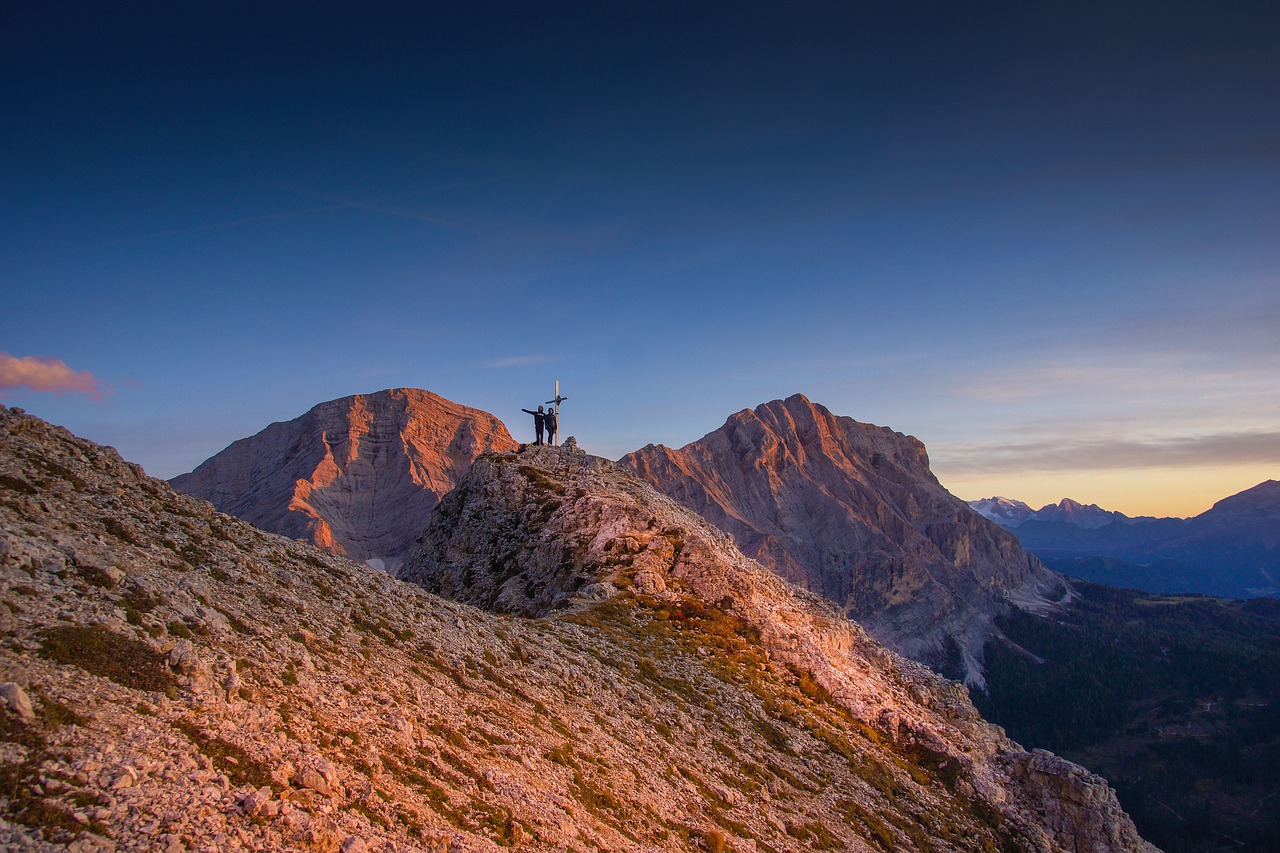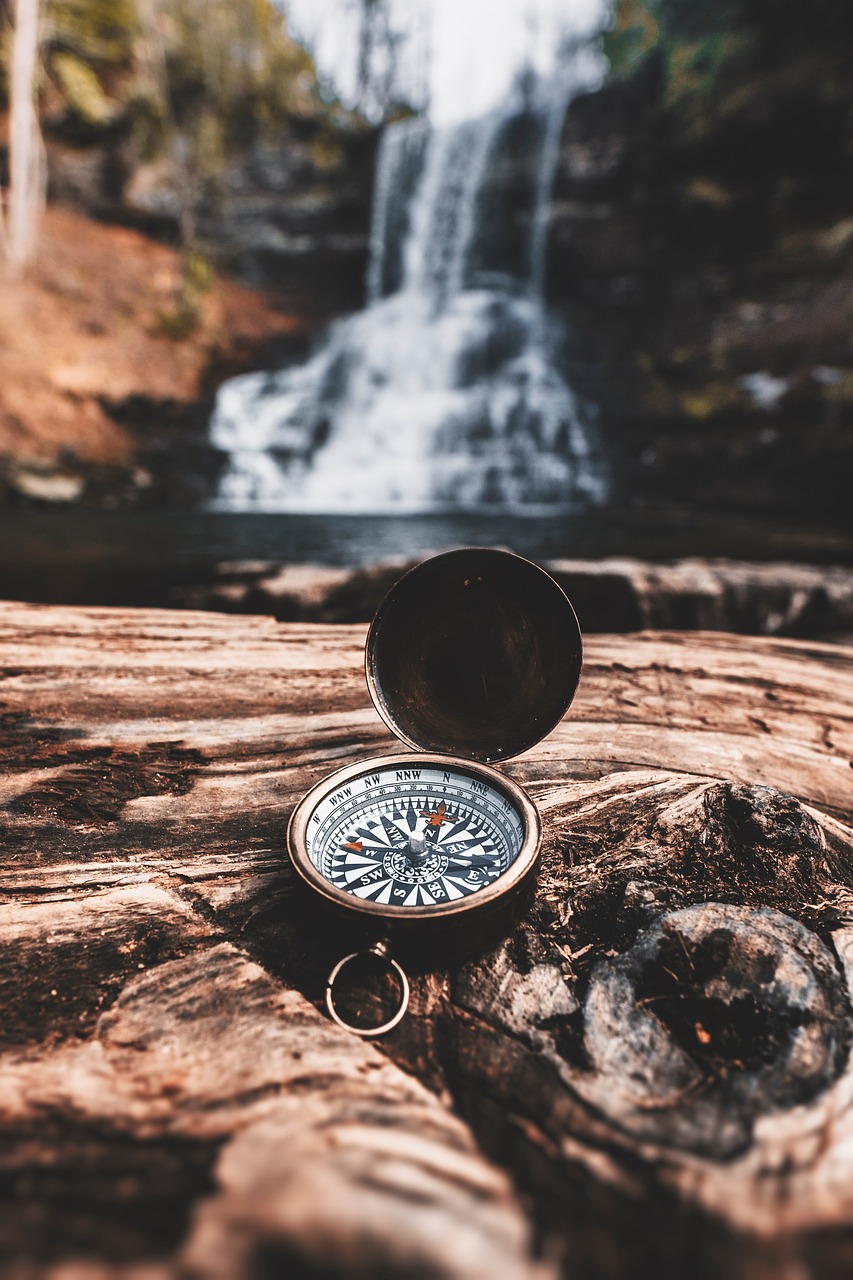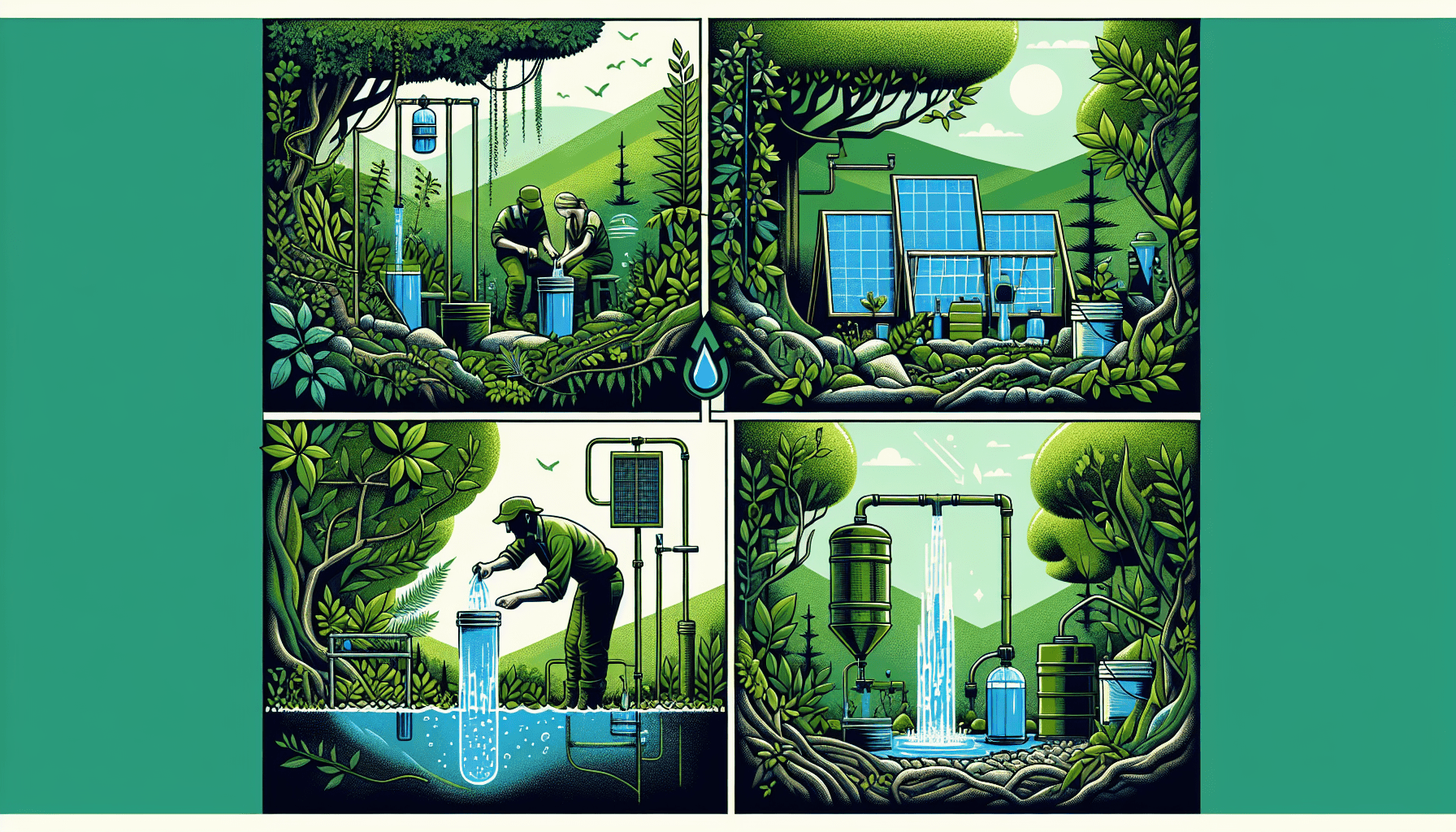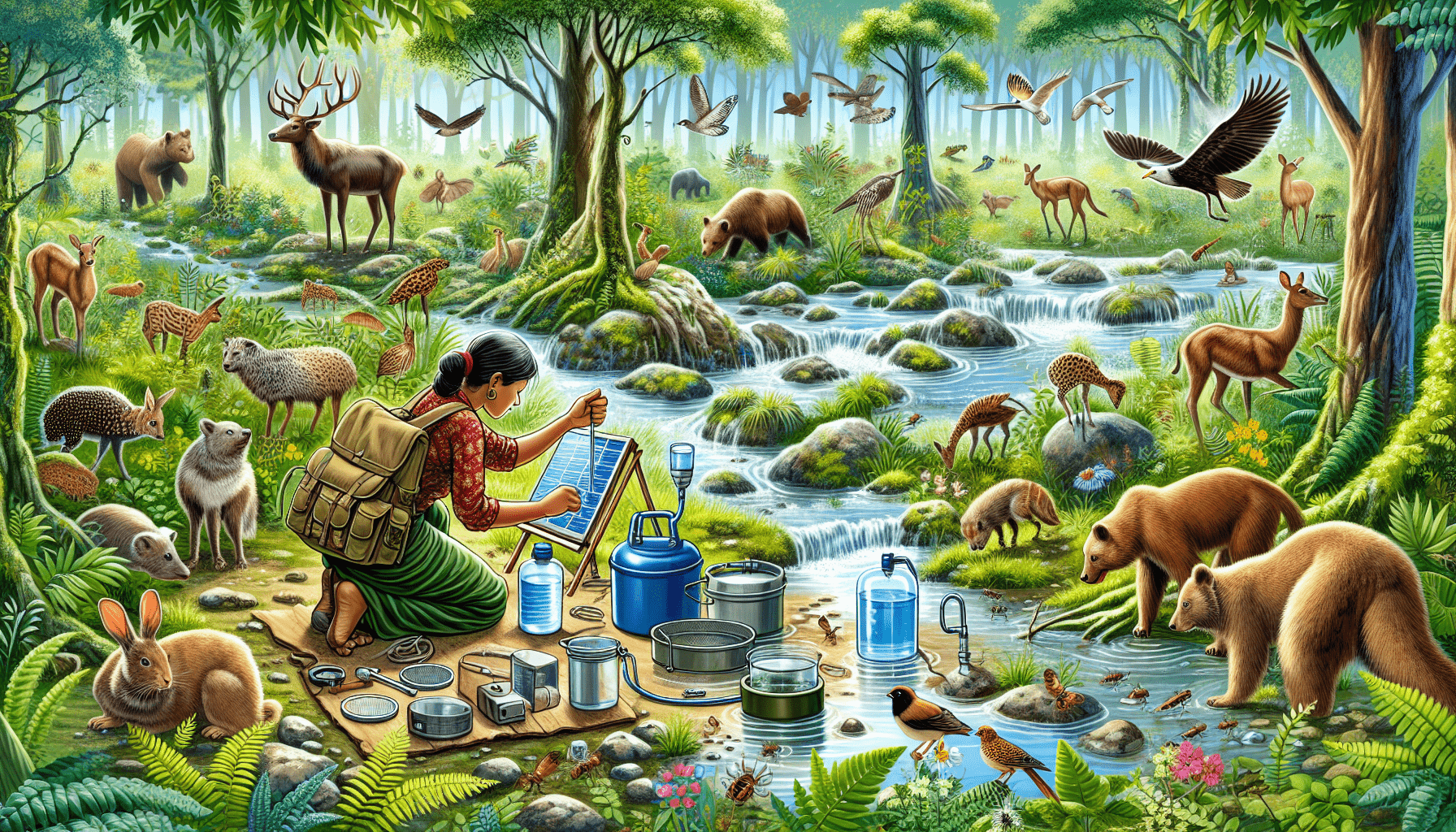In a survival scenario, finding a reliable water source is crucial for your survival. Without water, your chances of making it through are slim. However, locating water sources in such situations can be a daunting task. That’s why we have compiled a list of the top ways to find water sources when you’re in a survival situation. These methods are practical, efficient, and can greatly increase your chances of finding the water you need to stay alive. So, whether you find yourself stranded in the wilderness or facing a natural disaster, these tips will help you quench your thirst and ensure your survival.

1. Understanding the Importance of Water
The role of water in survival
Water is essential for your survival. Your body relies on water for various functions, including regulating body temperature, transporting nutrients, and removing waste. Without an adequate supply of water, your organs cannot function properly, and dehydration can set in.
Knowing the signs of dehydration
Dehydration occurs when your body loses more water than it takes in. It’s important to be able to recognize the signs of dehydration in order to address it promptly. Symptoms of dehydration may include increased thirst, dry mouth, fatigue, dizziness, and decreased urine output. Severe dehydration can lead to confusion, rapid heartbeat, and even organ failure.
Water needs for different scenarios
The amount of water you need can vary depending on the situation. In general, it is recommended to drink at least 8 cups (64 ounces) of water per day for normal daily activities. However, in a survival scenario, where you may be exerting more energy and facing extreme conditions, your water needs will increase. It’s crucial to understand that water is not only needed for drinking, but also for cooking and hygiene purposes.
2. Assessing Your Surroundings
Identifying potential water sources
When in a survival scenario, it’s important to assess your surroundings and identify potential water sources nearby. Look for rivers, lakes, ponds, or streams, as these are more likely to have a sustainable water supply. Additionally, keep an eye out for natural depressions, such as rock crevices or tree hollows, which may collect and hold water.
Evaluating the quality of water sources
While finding potential water sources is important, it’s equally vital to evaluate the quality of the water before consuming it. Water from natural sources may contain harmful bacteria, parasites, or chemicals. Look for clear water sources that are free from pollutants, stagnant water, or any signs of animal contamination.
Considering seasonal variations
Be aware that the availability of water sources may vary depending on the season. In some areas, rivers or streams may dry up during certain times of the year. Plan accordingly and be prepared to adapt your water collection methods depending on the season and weather conditions.
Recognizing hidden water sources
Water sources aren’t always obvious, and it’s important to recognize hidden water sources that could save your life. Keep an eye out for signs of underground springs, such as areas with lush vegetation or animal tracks leading to a specific area. Moist soil or muddy patches can also indicate the presence of hidden water sources beneath the surface.

3. Utilizing Natural Indicators
Following animal tracks and behavior
Animals are excellent indicators of water sources. Look for animal tracks and follow them to potential water sources. Animals often follow regular routes to watering holes, so observing their behavior can lead you to reliable water sources. Additionally, keep an eye out for birds flocking overhead, as they may be heading towards a water source.
Observing bird flight patterns
Birds can provide valuable clues about the presence of water. Watch their flight patterns – if they are flying low or circling in a specific area, it could indicate the presence of water. Birds also tend to congregate near water bodies, so listen for their chirping or observe their feeding behavior to pinpoint potential water sources.
Noticing vegetation and plant life
Certain types of vegetation and plant life can give hints about nearby water sources. Look for plants like cattails or willows, as they typically thrive in moist areas. Hollow-stemmed plants like bamboo can sometimes serve as natural water reservoirs. Pay attention to the health and density of vegetation, as it can indicate the presence of underground water.
Examining insect activity
Insects can provide valuable information about the availability of water sources. Observe areas where insects are congregating or flying in large numbers, as they often rely on water for breeding and survival. Listen for the buzzing sound of mosquitoes, as they are a good indicator of standing water nearby.
4. Understanding Geographical Features
Finding water in arid regions
In arid regions where water sources may be scarce, it’s important to know where to look. Look for low-lying areas or depressions in the land, as these may collect and hold water during rainfall. Canyons or gullies can also serve as potential water sources, as they may trap and store water from flash floods.
Exploring river systems and streams
If you come across a river system or stream, it can be a reliable source of water. Follow the river or stream downstream, as this is where water is most likely to accumulate and flow. Keep in mind that water in rivers and streams may still require filtration or purification before consumption.
Recognizing groundwater signs
Groundwater is another valuable source of water, particularly in drier regions. Look for indicators such as green vegetation or plant growth in otherwise arid areas, as they often rely on underground water sources. Also, pay attention to areas with damp or moist soil, as this may indicate groundwater close to the surface.
Identifying possible rain catchment areas
Rainwater can be a vital source of water in survival scenarios. Look for natural catchment areas, such as large leaves or concave surfaces that can collect rainwater. Rock formations or depressions in the ground can also serve as potential rain catchment areas.

5. Obtaining Water from Plants
Knowing edible plants with water content
Certain plants contain a significant amount of water, making them a potential source in survival situations. Learn to identify edible plants like watercress, prickly pear cactus, or bamboo shoots, as they can provide hydration when other water sources are scarce. Research local plant species and their water content to increase your survival knowledge.
Collecting water through transpiration
Transpiration is the process by which plants release moisture into the air. You can collect this moisture to obtain water. Find large leaves or plastic bags and tie them around the branches or leaves of plants, creating a makeshift condensation catcher. As the plant transpires, the moisture will condense on the bag or leaf and can be collected for drinking.
Tapping into tree sap
In certain regions, trees can be a valuable water source. Learn how to tap into tree sap, such as maple trees or birch trees, as it contains a significant amount of water. By cutting into the tree trunk and collecting the sap, you can obtain a source of hydration.
Extracting water from cactus and other succulents
In arid regions, cacti and other succulents can provide a source of water. Look for barrel cacti or prickly pear cactus, as they tend to store water in their stems. Carefully cut into the plant’s stem or pad and squeeze or scrape out the liquid. Keep in mind that not all cacti are safe to consume, so research the specific species to ensure it’s edible.
6. Using Water Filtration Techniques
Building a basic water filter
A basic water filter can help remove sediment and large particles from your water source, improving its clarity and taste. Construct a filter by layering materials such as small stones, sand, and cloth in a container. Pour the water through the layers, and the filter will trap larger particles, leaving you with cleaner water.
Filtration methods using natural materials
Nature provides various natural materials that can act as effective water filters. Use items such as charcoal, gravel, or even a hollowed-out bamboo stalk to create a makeshift filter. By pouring water through these materials, you can remove impurities and make it safer for consumption.
Creating a solar still
A solar still is a method to extract water from moisture-rich surroundings, such as damp soil or vegetation. Dig a hole in the ground and place a container at the bottom. Cover the hole with a clear plastic sheet, securing the edges with rocks or soil. As the sun heats up the area, moisture will condense on the plastic sheet and drip into the container, providing you with clean drinking water.
Using a portable water filter or purifier
Investing in a portable water filter or purifier can significantly improve your chances of obtaining safe drinking water in a survival situation. These devices utilize advanced filtration techniques, such as activated carbon or UV light, to remove bacteria, parasites, and other contaminants. Carry a portable filter in your survival kit to ensure access to safe drinking water wherever you go.

7. Digging for Water Sources
Digging a seep hole
A seep hole is a simple way to collect water from underground sources. Dig a small hole in an area with damp or moist soil. Wait for the hole to fill with water seeping from the ground. Use a container or fabric to collect the water, keeping it free from debris or contaminants.
Creating a well or borehole
If you have the time and resources, creating a well or borehole can provide a sustainable water source. Dig a deep hole into the ground until you reach a water table. Line the hole with stones or bricks to prevent collapse. Install a pump or bucket system to extract water as needed. It’s important to seek professional guidance or assistance when creating a well to ensure safety and efficiency.
Utilizing a water finding stick or rod
Water finding sticks or rods, also known as dowsing rods, can help locate underground water sources. Hold the rods in front of you with a light grip, and walk slowly over the area you suspect may have water underground. If the rods cross each other or move apart, it can indicate the presence of water beneath the surface. While not scientifically proven, some individuals have had success using this method to find water.
Digging near vegetation or moist areas
Vegetation and moist areas are often indicators of water sources. Digging near areas with lush vegetation, such as near a riverbank or marsh, can increase your chances of accessing groundwater or finding hidden water sources. Be mindful of any local regulations or environmental considerations when digging to preserve the ecosystem.
8. Collecting Rainwater
Setting up rainwater catchment systems
Rainwater catchment systems are a reliable way to collect water during rainfall. Set up a system by positioning containers or barrels beneath downspouts or areas where rainwater flows off roofs or other surfaces. Install screens or filters to prevent debris from entering the containers. Rainwater collected in this manner can be used for drinking, cooking, and hygiene purposes.
Making use of tarps or plastic sheets
If you don’t have access to containers, you can still collect rainwater using tarps or plastic sheets. Set up a tarp or sheet diagonally between two anchors, such as trees or stakes, creating a slope. Secure the edges to the ground with rocks or weights. As rainwater falls onto the tarp, it will collect in the middle and can be collected using containers.
Constructing natural rainwater collection methods
Nature provides several natural elements that can help collect rainwater. Use large leaves or concave tree barks to direct rainwater into containers. Position rocks or branches strategically to create channels that guide rainwater into natural depressions. By utilizing these natural rainwater collection methods, you can maximize your water resources in a survival scenario.

9. Prioritizing Water Conservation
Implementing rationing measures
In a survival scenario, it’s essential to ration your water supply. Determine a daily water intake limit and stick to it. Prioritize drinking water and limit water use for cooking and hygiene purposes. By implementing rationing measures, you can stretch your water supply and increase your chances of survival.
Reusing and repurposing water
Water conservation can be achieved by reusing and repurposing water whenever possible. For example, use water from washing dishes to water plants or flush toilets. Collect and filter water used for bathing or washing clothes to utilize for other needs. Think creatively and find ways to make the most out of your available water resources.
Preserving water through proper storage
Proper storage is crucial for preserving your water supply. Store water in clean, airtight containers to prevent contamination. Choose containers made of food-grade material and ensure they are securely sealed. Store water in a cool, dark area away from direct sunlight, as heat and light can degrade the quality of water over time.
Minimizing water loss during consumption
In a survival scenario, every drop of water counts. Minimize water loss during consumption by using cups or containers with spouts to control the flow of water. Avoid drinking directly from a water source, as it can lead to wastage. Sip water slowly and be conscious of water usage to conserve as much as possible.
10. Taking Precautions and Water Treatment
Boiling water for purification
Boiling water is one of the most effective methods for purifying it. Bring water to a rolling boil for at least one minute. This kills most microorganisms and makes the water safe to drink. Allow the water to cool before consuming or store it in clean containers for later use.
Using chemical water treatments
Chemical water treatments, such as chlorine dioxide tablets or iodine, can be used to disinfect water in a survival scenario. Follow the instructions provided with the treatment method of your choice to ensure safe and effective water treatment. Keep in mind that chemical treatments may alter the taste of the water, so be prepared for any changes in flavor.
Understanding the risks of untreated water
Drinking untreated water from unknown sources can pose serious health risks. Untreated water may contain harmful bacteria, parasites, viruses, or chemicals, which can lead to waterborne illnesses. It’s crucial to be aware of the potential risks and prioritize water treatment or purification methods to safeguard your health in a survival scenario.
Avoiding contaminated water sources
When locating water sources, it’s important to avoid contaminated water. Stay away from water sources that show signs of pollution, such as foul smells, discoloration, or visible waste. Water from industrial areas, agricultural fields, or areas with known chemical spills should be avoided. When in doubt, it’s always safer to filter, treat, or purify water before consumption.
In a survival scenario, locating water sources is crucial for your survival. By understanding the importance of water, assessing your surroundings, utilizing natural indicators, understanding geographical features, obtaining water from plants, using water filtration techniques, digging for water sources, collecting rainwater, prioritizing water conservation, and taking precautions and water treatment, you can increase your chances of finding safe drinking water. Remember to always prioritize your health and safety by evaluating the quality of water before consuming it and employing proper water treatment methods when necessary. Stay hydrated and stay safe!
